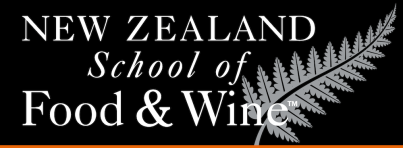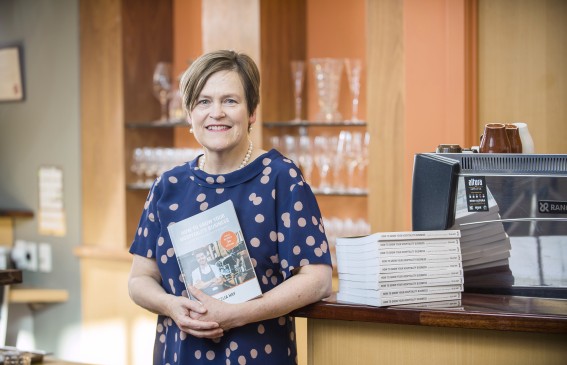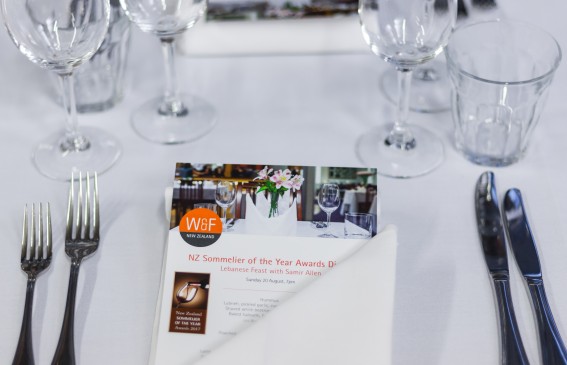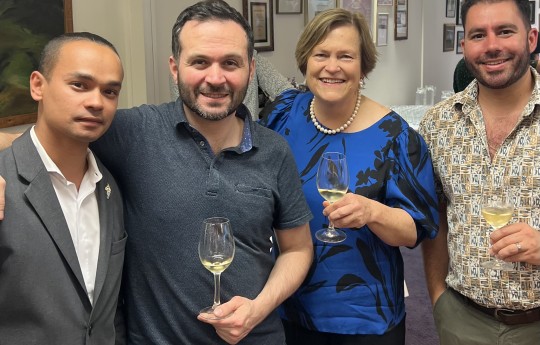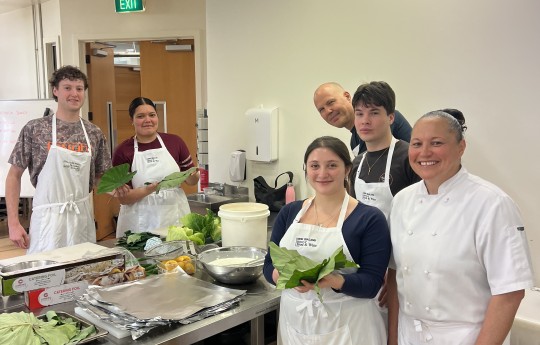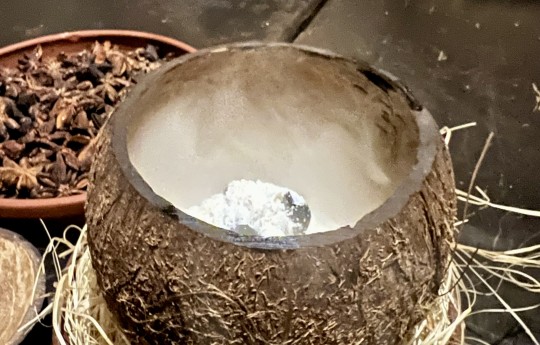Malacca, Marco Polo & Maritime Silk Routes
In 1511, the Portuguese invaded the port town of Malacca (Melaka), located strategically along the Malacca Strait, the body of water that lies between Malaysia and Indonesia. For centuries, the Malacca Strait has been the main shipping channel between the Indian and Pacific Oceans and remains one of the most important shipping lanes in the world.
Over many centuries, Malay, Chinese, Indian and Arab merchants developed the Silk and Spice trade through the Strait of Malacca, managing their sailing ships according to the monsoon winds. Spice trade was dominated by:
Black pepper, Piper nigrum is a vine widely cultivated in South East Asia, especially Indonesia.
Cloves, Syzygium aromaticum are the flower buds of a tree in the Myrtaceous family (same family as Manuka, Pohutukawa, Eucalyptus) and to native to the Maluku Islands, Indonesia.
Cinnamon, Cinnamomum verum is a bushy evergreen tree. The spice comes from its bark. The tree is native to Sri Lanka, the Malabar Coast of India and Myanmar.
Nutmeg, Myristica fragrans is the seed of an evergreen tree, native to the Maluku (Moluccas) islands of Indonesia. The seeds are dried in the sun where they form a hard coat and start to rattle. The nutmeg is the dried kernel that is removed from the outer shell. Mace is the dried covering on the nutmeg seed and is considered more delicate in flavour.
Camphor, found in the wood of the large, evergreen Camphor tree, Cinnamomum camphora, found in East Asia. Camphor was used in ancient Sumatra to treat sprains, swellings, and inflammation. In the ancient Arab world, camphor was a common perfume ingredient and used as an antimicrobial ingredient for embalming and by the Egyptians for mummification.
Cardamom, Elettaria cardamomum is the seed from the herbaceous plant in the Zingiberaceae ginger family, native to South India.
Ginger, Zingiber officinale is in the family Zingiberaceae, which also includes turmeric cardamom and galangal. Ginger originated in Southeast Asia.
Tumeric, Curcuma longa a flowering plant in the ginger family Zingiberaceae and native to the India and Southeast Asia.
Marco Polo sails the Maritime Spice-Silk Route
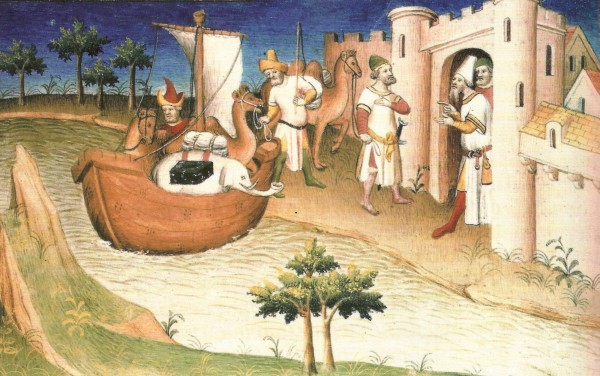
Marco Polo, from "The Travels of Marco Polo" originally published during Polo's lifetime c.1254 -1324.
Marco Polo sailed through the Malacca Strait on his return to Venice from China in the 1290s. This was described in his book, The Travels of Marco Polo c.1271-95. After 24-year absence, Marco Polo along with his father and uncle, were part of a delegation from Chinese Mongol Emperor, Kublai Khan (c.1215– 1294), grandson of Genghis Khan, (c. 1162 – 1227) escorting a Chinese princess to the Persian port of Hormuz. Here, she would marry the local khan Arghun, a great nephew of Kublai Khan who was the fourth ruler of the Mongol Empire’s Ilkhanate territories of Iran, Azerbaijan, and Turkey and more.
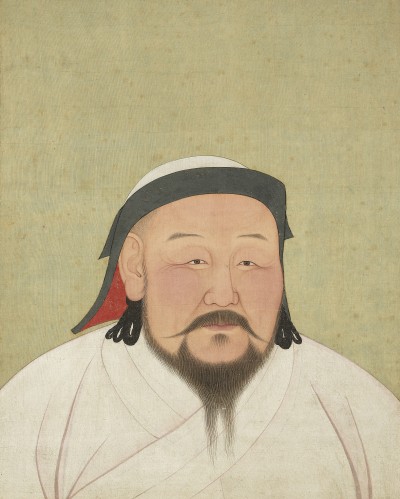
Kublai Khan, grandson of Genghis Khan
The large convoy sailed from Guangzhou with 13 ships, each with about 200 passengers, including merchants, diplomats and crew with 50 or 60 cabins. China’s Maritime Silk Route had been an effective sea route along the coast between South China and the Persian Gulf for centuries. The Strait of Malacca provided a narrow and sheltered channel as it still does today.
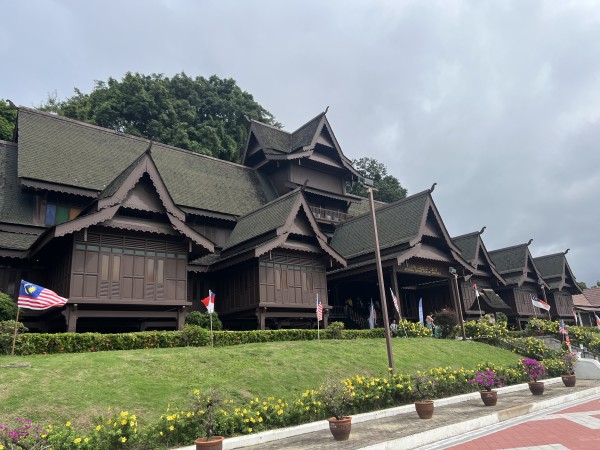
Today, you can visit a reconstruction of the Sultan’s Palace in Malacca.
Around 1400, King Parameswara established Malacca as a fort after escaping from Singapura as the mighty Srivijaya Empire of Sumatra disintegrated. The Melaka River provided a safe, navigable entrance to the port.
At this time, the king converted to Islam, and this area became known as the Malacca Sultanate which dominated the region for the next century. The Sultanate developed a relationship with the Chinese Ming Dynasty, who replaced the Mongol Yuan Dynasty around 1368 and became a protectorate, paying tribute to the Great Ming Emperor.
With the protection of the Chinese emperor, against other competing kingdoms and pirates, the Malacca Sultanate flourished and became an important international trading hub and conquered other parts of the Malayan Peninsula and Sumatra.
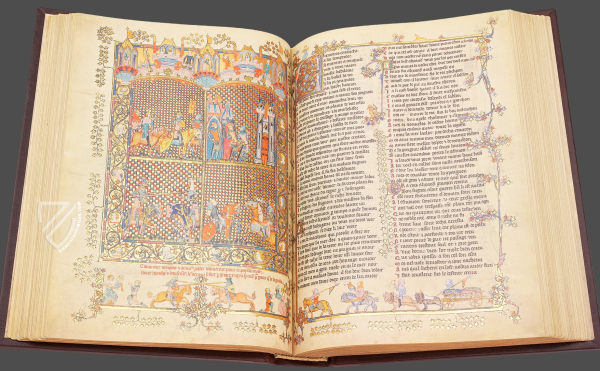
The writings of Marco Polo, copied and translated into many languages, had an enormous influence on driving the ambition of European countries to explore the Far East. Marco Polo wrote of the spices, the black peppercorns of Sumatra, the cloves, the nutmeg, the gold, the silks, the rubies and emeralds, the lavish palaces and unknown cultures. Christopher Columbus is credited to have read this book many times.
In 1511, the Portuguese invaded Malacca, expelling the Sultan, to establish control over this important port. Wars followed. In 1641, the Dutch East India Company defeated the Portuguese with help from the Sultan of Johor. Many of the historic red buildings today are from this era.
In 1824, the Dutch ceded Malacca to the British and it later became part of the Straits Settlement, which included Singapore, to the south and Penang to the north. Japan invaded and occupied Malaysia in World War 2.
Finally, Malaysia was granted independence from Britain in 1957 which included former British colonies on the Indonesian Island of Borneo. Originally, Singapore was part of Malaysia but withdrew in 1965.
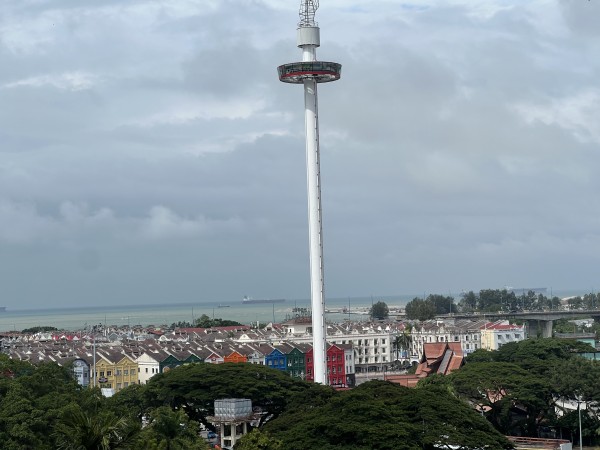 |
Looking out to the Strait of Malacca and the Taming Sari Tower, that offers a 360-degree panoramic view.
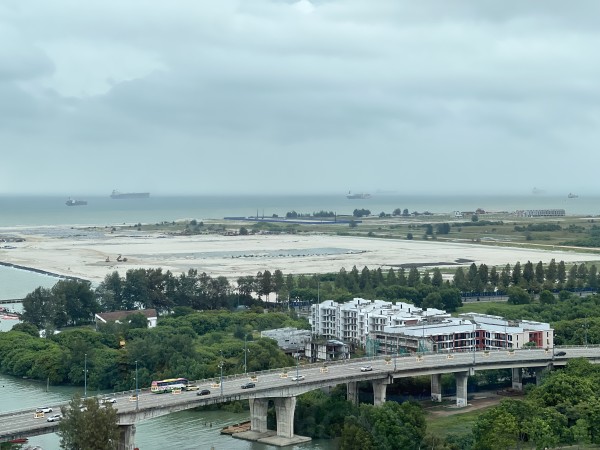 |
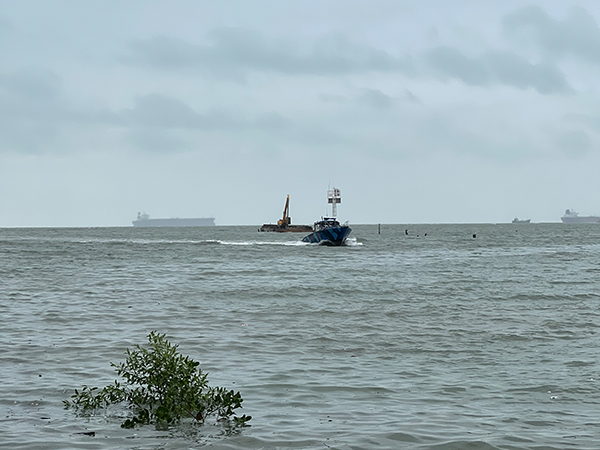 |
This view of the Malacca Strait from the top of the Taming Sari Tower, 110 metres above sea level.
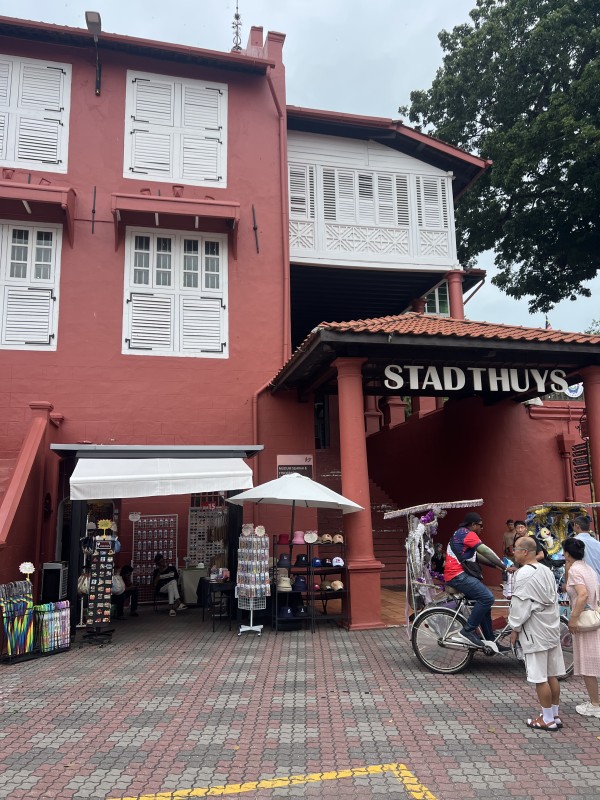 |
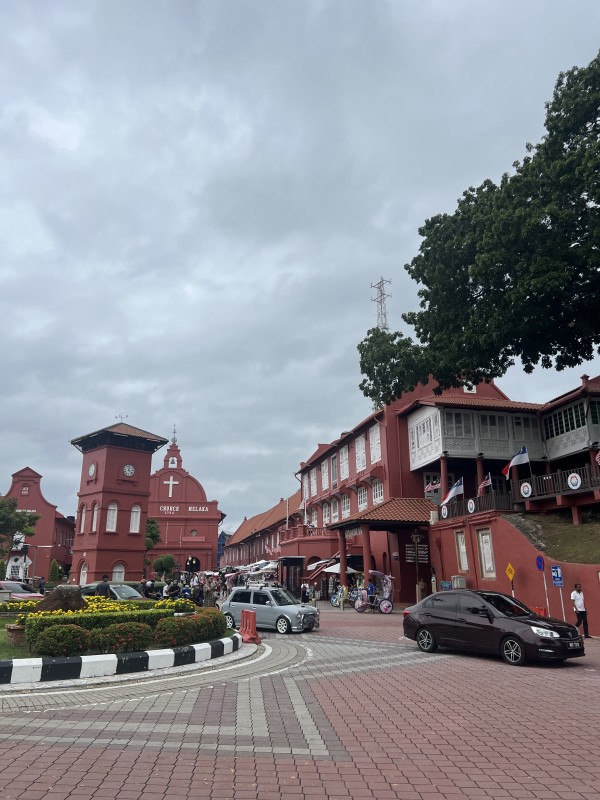 |
The Stadhuys In Dutch Square (Red Square) which looks onto Christ Church built in 1753. The Stadhuys, built by the Dutch East India Company in 1650, is an historic landmark known for its distinctive red façade. It is one of the oldest surviving European architectural structures in Southeast Asia.
 |
 |
Looking across Red Square to Christ Church. Inside the Church, you can see a list of clergy, dating back to 1641.
 |
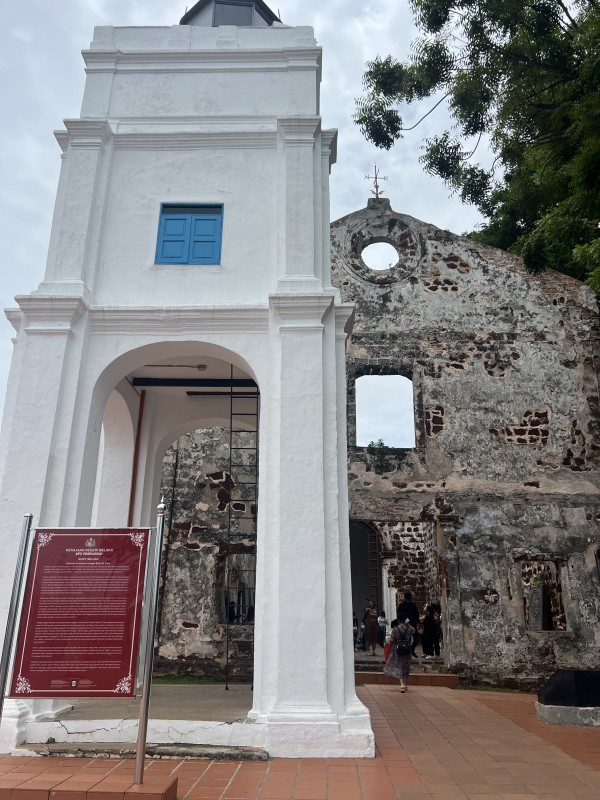 |
Above the port, you can walk up St Paul’s Hill to see the ruins of St. Paul's Church, built in 1521, by the Portuguese. It also was an important centre of worship for the Dutch with many old tombstones on display.

On the tombstone: Hereunder lies buried Reynier D'Dieu in his life Chief Merchant in the service of the Honorable Company. Died the 7th July 1655.
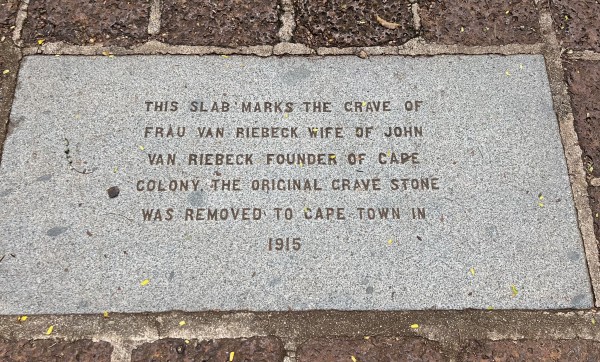
This plaque marks the grave of the wife of Jan Van Riebeck, founder of the Cape Colony, South Africa, who died in 1664. Jan Van Riebeck advocated that the Dutch East India Company (VOC) establish a "watering stop" in Cape Town.
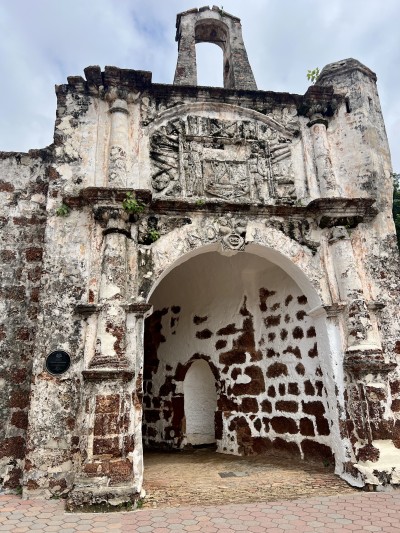
The remnants of A Famosa, the Portuguese fortress built in 1511. The Porta de Santiago is the only surviving gate, after the fort was destroyed by the British in 1807.
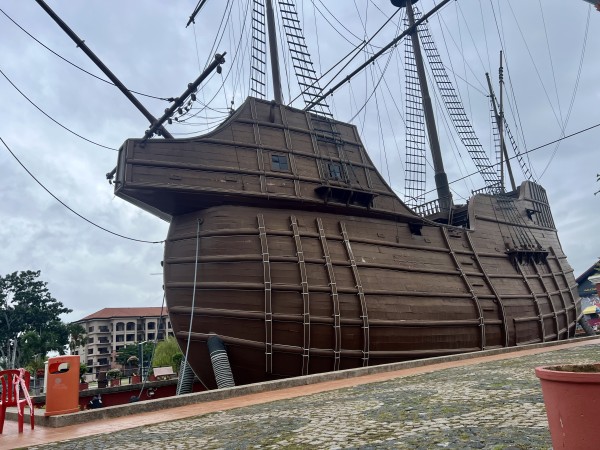
This Portuguese galleon, Flor de la Mar, sank in the Malacca Harbour in the 16th century and is now part of the Maritime Museum.
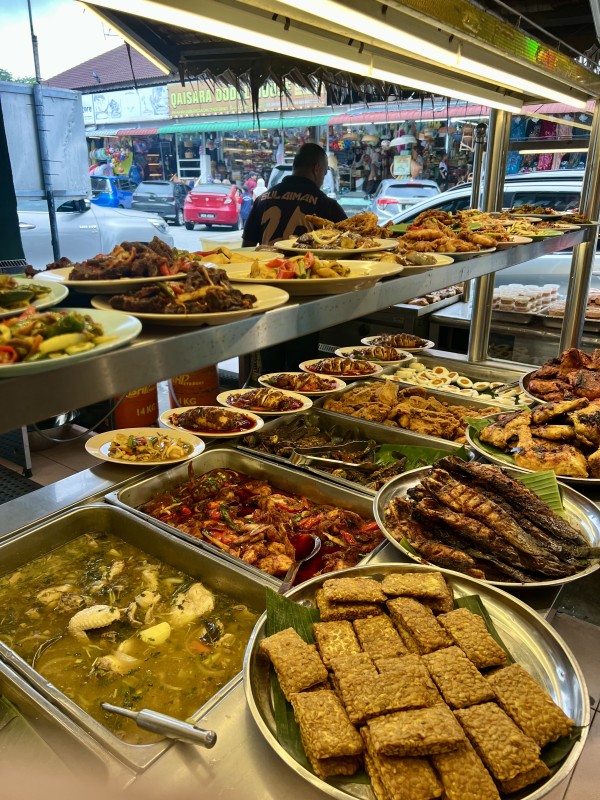 |
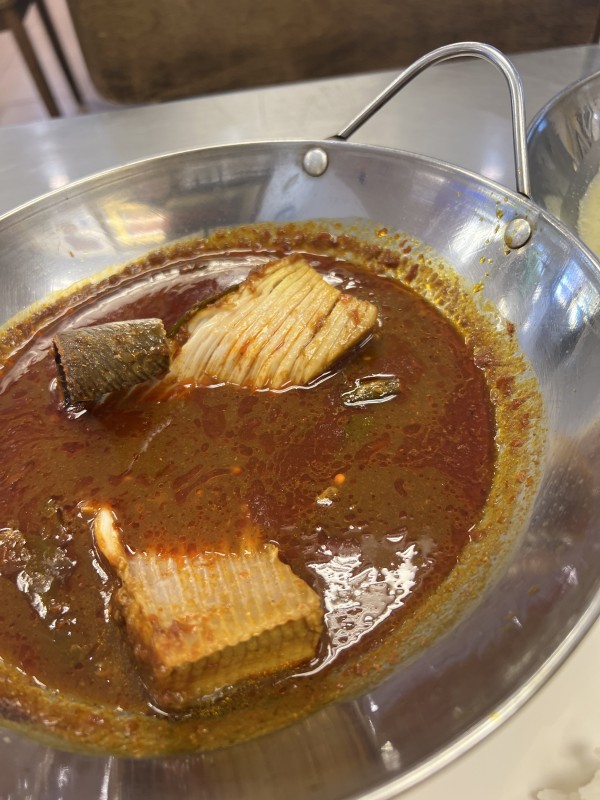 |
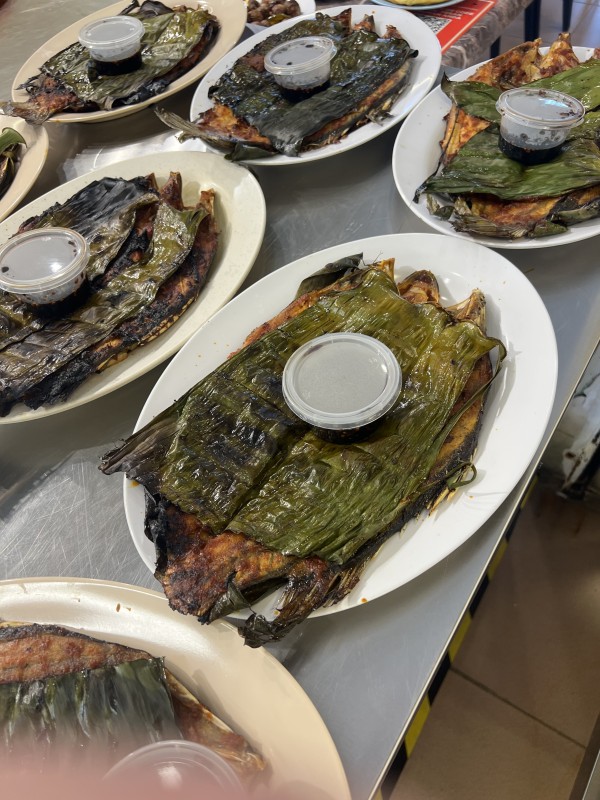 |
Local Cuisine often features fish, Nonya Laska coconut based curries and Nanyang chicken rice balls, Bunga raya popiah.
Celia Hay, September 2025
